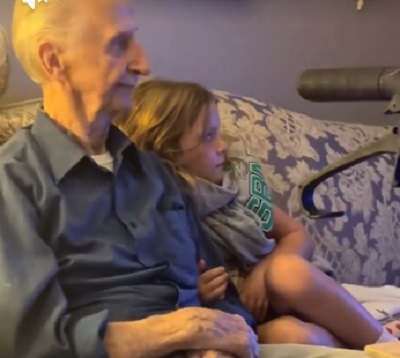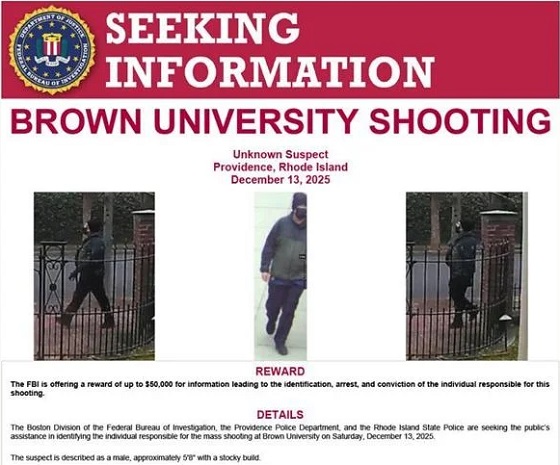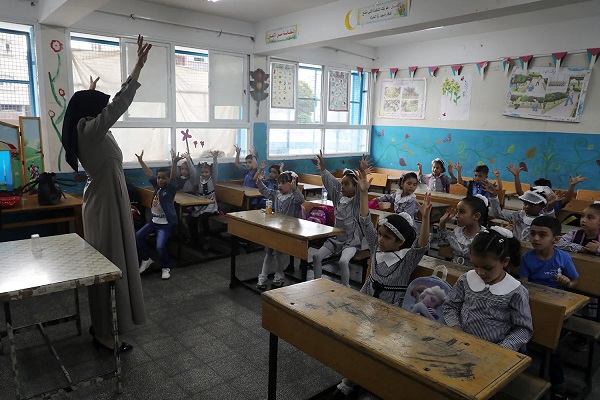Education
Support a young reader through the Tim Hortons Smile Cookie campaign

Smile Cookies are coming to a Tim Hortons near you!
We know you missed those delicious chocolate chip cookies with the big blue eyes and bright pink smiles! And we are so thankful Tim Hortons is bringing its Smile Cookie campaign back next week!
Helping struggling students become readers of potential is exactly what local Tim Hortons stores want as proceeds for its Smile Cookie campaign, which runs April 29 – May 5, will be directed to Reading College, a project of the Foundation for Red Deer Public Schools.
“We set up this amazing and fun summer program for kids in Grade 2 where they learn to love reading, and gain the skills to continue their growth as learners. Reading is the foundation for success in school and life. If we can help further develop their skills and instill a love for reading, it creates a lifetime of difference for that child. It will make a difference for them, make a difference for their families and make a difference in their life experiences. That’s the beauty of Reading College,” said Superintendent of Schools, Chad Erickson. “Last year, we had 67 graduates of the Reading College program who were incredibly engaged and able to excel and improve their reading abilities over the month of July, setting them up for further success.”
“The Smile Cookie Campaign is a great opportunity to raise awareness on the importance of literacy. It really does create life chances for students. Reading College is made possible through great support from our community and Tim Hortons – we could not operate it without this support,” said Kristine Plastow, Foundation Board Chair. “I encourage the community to get out there and buy their cookies next week!”
From April 29 – May 5, Tim Hortons restaurant owners in Red Deer will generously donate proceeds from sales of a special smiling chocolate chunk cookie to support the Reading College program through The Foundation for Red Deer Public Schools. The $1.50 treat helps community programs across Canada in the cities where they are sold. This year, 10% of funds raised from Smile Cookies will support the Tim Hortons Foundation Camps, of which more than 100 students from Red Deer Public Schools will attend.
Join us for Smile Cookie Day May 4

“We invite the community to join us for our Smile Cookie Day on May 4 at the Tim Hortons on Thomlison Avenue in Red Deer,” said Plastow. “We have partnered with the Red Deer RCMP, Emergency Services and the Alberta Sheriffs. Come and sit in a firetruck or police car, meet local emergency responders and buy a delicious Smile Cookie, while supporting a great cause!”
“We are excited to bring back the Smile Cookie campaign this spring. On behalf of all Tim Hortons’ restaurant owners and team members in Red Deer, I would like to thank our fantastic guests for their loyalty, generosity and support of the campaign,” said Tanya Doucette, Tim Hortons Restaurant Owner in Red Deer. “We are thrilled to support The Foundation for Red Deer Public Schools and their Reading College program. With funds raised we are helping students learn to read, which will ultimately help set them up for a lifetime of success. During Smile Cookie Week, we welcome all Red Deerians to buy a delicious freshly-baked Smile Cookie in support of a great cause, which helps benefit children in our community.”
Help us promote the campaign by ‘liking’ Red Deer Public Schools on Facebook and ‘following’ us on Twitter, both under @rdpschools. You can also find us on Instagram @reddeerpublicschools.
Alberta
Schools should go back to basics to mitigate effects of AI

From the Fraser Institute
Odds are, you can’t tell whether this sentence was written by AI. Schools across Canada face the same problem. And happily, some are finding simple solutions.
Manitoba’s Division Scolaire Franco-Manitobaine recently issued new guidelines for teachers, to only assign optional homework and reading in grades Kindergarten to six, and limit homework in grades seven to 12. The reason? The proliferation of generative artificial intelligence (AI) chatbots such as ChatGPT make it very difficult for teachers, juggling a heavy workload, to discern genuine student work from AI-generated text. In fact, according to Division superintendent Alain Laberge, “Most of the [after-school assignment] submissions, we find, are coming from AI, to be quite honest.”
This problem isn’t limited to Manitoba, of course.
Two provincial doors down, in Alberta, new data analysis revealed that high school report card grades are rising while scores on provincewide assessments are not—particularly since 2022, the year ChatGPT was released. Report cards account for take-home work, while standardized tests are written in person, in the presence of teaching staff.
Specifically, from 2016 to 2019, the average standardized test score in Alberta across a range of subjects was 64 while the report card grade was 73.3—or 9.3 percentage points higher). From 2022 and 2024, the gap increased to 12.5 percentage points. (Data for 2020 and 2021 are unavailable due to COVID school closures.)
In lieu of take-home work, the Division Scolaire Franco-Manitobaine recommends nightly reading for students, which is a great idea. Having students read nightly doesn’t cost schools a dime but it’s strongly associated with improving academic outcomes.
According to a Programme for International Student Assessment (PISA) analysis of 174,000 student scores across 32 countries, the connection between daily reading and literacy was “moderately strong and meaningful,” and reading engagement affects reading achievement more than the socioeconomic status, gender or family structure of students.
All of this points to an undeniable shift in education—that is, teachers are losing a once-valuable tool (homework) and shifting more work back into the classroom. And while new technologies will continue to change the education landscape in heretofore unknown ways, one time-tested winning strategy is to go back to basics.
And some of “the basics” have slipped rapidly away. Some college students in elite universities arrive on campus never having read an entire book. Many university professors bemoan the newfound inability of students to write essays or deconstruct basic story components. Canada’s average PISA scores—a test of 15-year-olds in math, reading and science—have plummeted. In math, student test scores have dropped 35 points—the PISA equivalent of nearly two years of lost learning—in the last two decades. In reading, students have fallen about one year behind while science scores dropped moderately.
The decline in Canadian student achievement predates the widespread access of generative AI, but AI complicates the problem. Again, the solution needn’t be costly or complicated. There’s a reason why many tech CEOs famously send their children to screen-free schools. If technology is too tempting, in or outside of class, students should write with a pencil and paper. If ChatGPT is too hard to detect (and we know it is, because even AI often can’t accurately detect AI), in-class essays and assignments make sense.
And crucially, standardized tests provide the most reliable equitable measure of student progress, and if properly monitored, they’re AI-proof. Yet standardized testing is on the wane in Canada, thanks to long-standing attacks from teacher unions and other opponents, and despite broad support from parents. Now more than ever, parents and educators require reliable data to access the ability of students. Standardized testing varies widely among the provinces, but parents in every province should demand a strong standardized testing regime.
AI may be here to stay and it may play a large role in the future of education. But if schools deprive students of the ability to read books, structure clear sentences, correspond organically with other humans and complete their own work, they will do students no favours. The best way to ensure kids are “future ready”—to borrow a phrase oft-used to justify seesawing educational tech trends—is to school them in the basics.
Business
Why Does Canada “Lead” the World in Funding Racist Indoctrination?
-

 Censorship Industrial Complex18 hours ago
Censorship Industrial Complex18 hours agoDeath by a thousand clicks – government censorship of Canada’s internet
-

 Automotive23 hours ago
Automotive23 hours agoPoliticians should be honest about environmental pros and cons of electric vehicles
-

 Great Reset21 hours ago
Great Reset21 hours agoViral TikTok video shows 7-year-old cuddling great-grandfather before he’s euthanized
-

 Daily Caller19 hours ago
Daily Caller19 hours agoChinese Billionaire Tried To Build US-Born Baby Empire As Overseas Elites Turn To American Surrogates
-

 Alberta20 hours ago
Alberta20 hours agoSchools should go back to basics to mitigate effects of AI
-

 Daily Caller2 days ago
Daily Caller2 days ago‘Almost Sounds Made Up’: Jeffrey Epstein Was Bill Clinton Plus-One At Moroccan King’s Wedding, Per Report
-

 Crime2 days ago
Crime2 days agoBrown University shooter dead of apparent self-inflicted gunshot wound
-

 Alberta2 days ago
Alberta2 days agoAlberta’s new diagnostic policy appears to meet standard for Canada Health Act compliance








